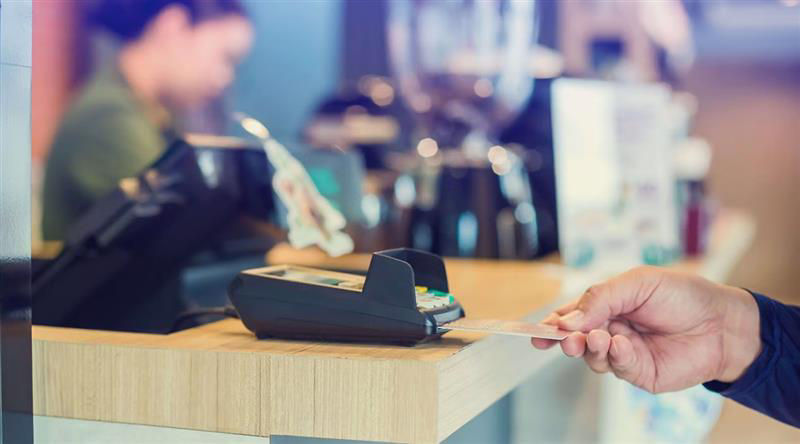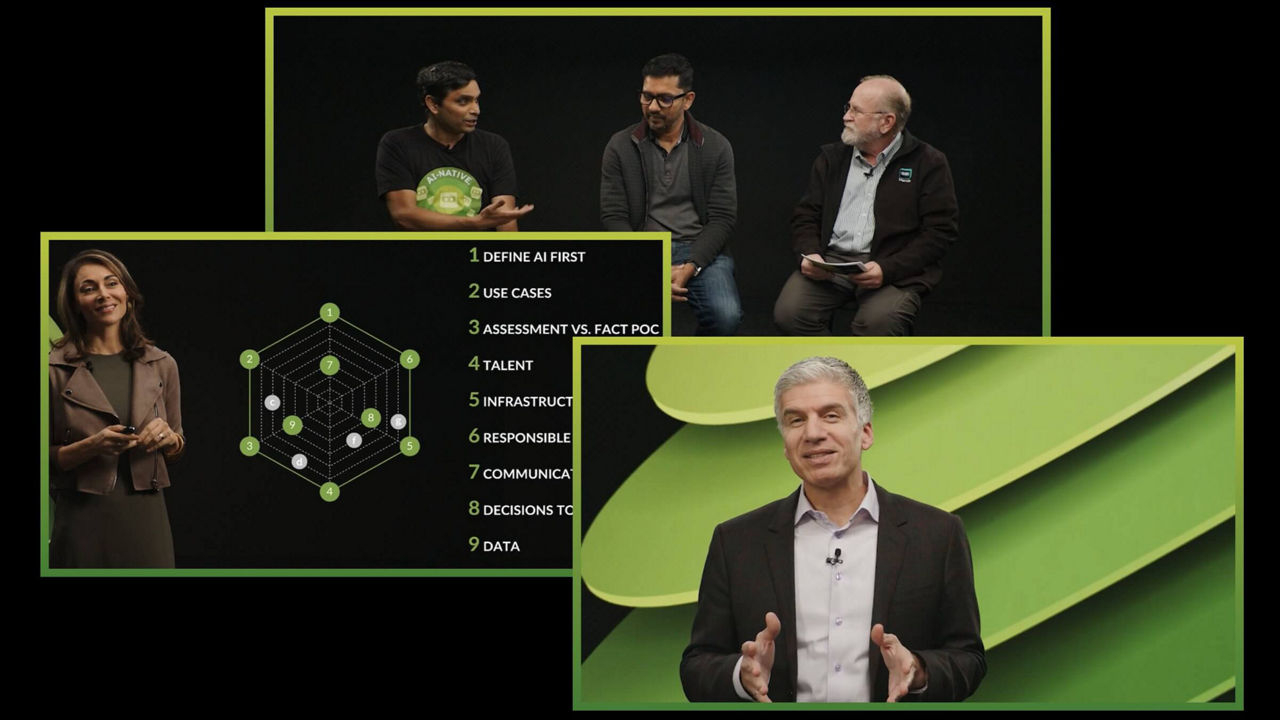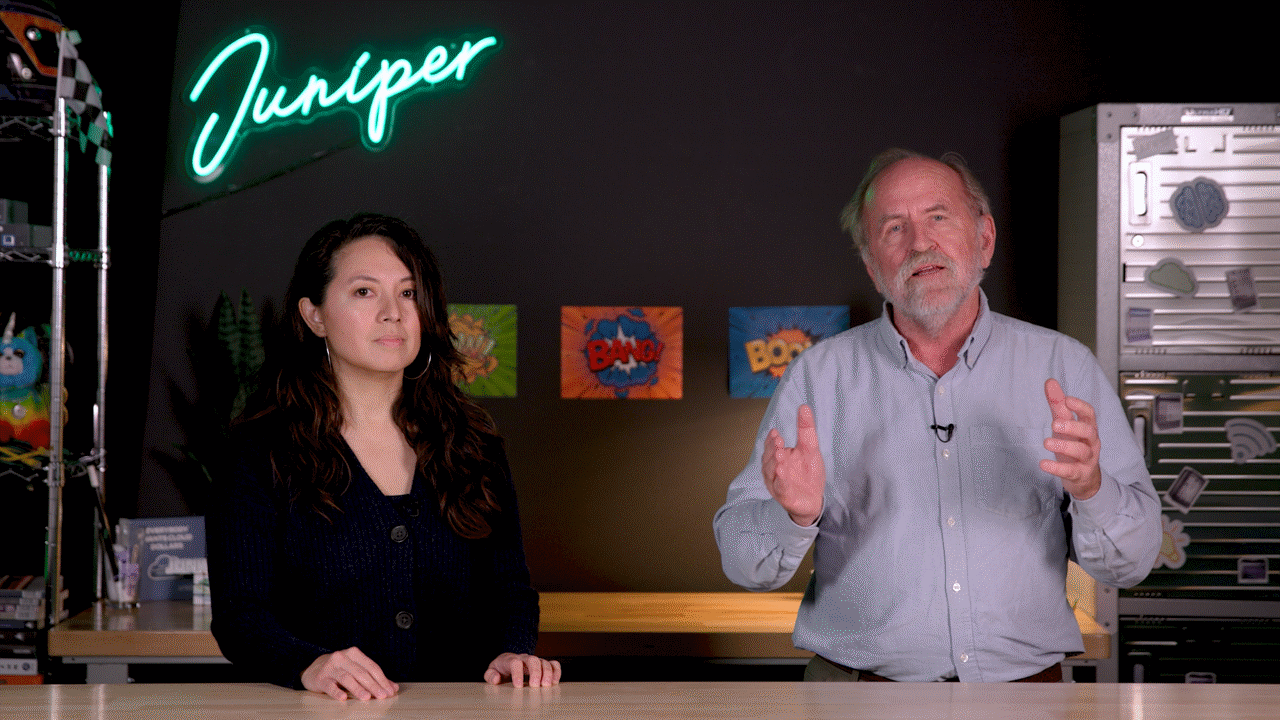- play_arrow Overview
- play_arrow Next Gen Services Overview
- play_arrow Configuration Overview
- Configuration Differences Between Adaptive Services and Next Gen Services on the MX-SPC3
- Next Gen Services Feature Configuration Overview
- How to Configure Services Interfaces for Next Gen Services
- How to Configure Interface-Style Service Sets for Next Gen Services
- How to Configure Next-Hop Style Service Sets for Next Gen Services
- How to Configure Service Set Limits for Next Gen Services
- Example: Next Gen Services Inter-Chassis Stateful High Availability for NAT and Stateful Firewall (MX-SPC3)
- Example: Configuring AutoVPN with Pre-Shared Key
- Enabling and Disabling Next Gen Services
- play_arrow Global System Logging Overview and Configuration
- Understanding Next Gen Services CGNAT Global System Logging
- Enabling Global System Logging for Next Gen Services
- Configuring Local System Logging for Next Gen Services
- Configuring System Logging to One or More Remote Servers for Next Gen Services
- System Log Error Messages for Next Gen Services
- Configuring Syslog Events for NAT Rule Conditions with Next Gen Services
- play_arrow Next Gen Services SNMP MIBS and Traps
-
- play_arrow Stateful Firewall Services
- play_arrow Stateful Firewall Services Overview and Configuration
-
- play_arrow Intrusion Detection Services
- play_arrow IDS Screens for Network Attack Protection Overview and Configuration
-
- play_arrow Traffic Load Balancing
- play_arrow Traffic Load Balancing Overview and Configuration
-
- play_arrow DNS Request Filtering
- play_arrow DNS Request Filtering Overview and Configuration
-
- play_arrow URL Filtering
- play_arrow URL Filtering
-
- play_arrow Integration of Juniper ATP Cloud and Web filtering on MX Routers
- play_arrow Integration of Juniper ATP Cloud and Web filtering on MX Routers
-
- play_arrow Aggregated Multiservices Interfaces
- play_arrow Enabling Load Balancing and High Availability Using Multiservices Interfaces
-
- play_arrow Inter-Chassis Services PIC High Availability
- play_arrow Inter-Chassis Services PIC High Availability Overview and Configuration
- Next Gen Services Inter-chassis High Availability Overview for NAT, Stateful Firewall, and IDS Flows
- Inter-Chassis Stateful Synchronization for Long Lived NAT, Stateful Firewall, and IDS Flows for Next Gen Services
- Inter-Chassis Services Redundancy Overview for Next Gen Services
- Configuring Inter-Chassis Services Redundancy for Next Gen Services
-
- play_arrow Application Layer Gateways
- play_arrow Enabling Traffic to Pass Securely Using Application Layer Gateways
-
- play_arrow NAT, Stateful Firewall, and IDS Flows
- play_arrow Inline NAT Services Overview and Configuration
-
- play_arrow Configuration Statements
IPv6 NAT-PT Communication Overview
NAT-PT communication with static mapping— Network Address Translation-Protocol Translation (NAT-PT) can be done in two directions, from IPv6 to IPv4 and vice versa. For each direction, static NAT is used to map the destination host to a local address and a source address NAT is used to translate the source address. There are two types of static NAT and source NAT mapping: one-to-one mapping and prefix-based mapping.
NAT- PT communication with DNS ALG—A DNS-based mechanism dynamically maps IPv6 addresses to IPv4-only servers. NAT-PT uses the DNS ALG to transparently do the translations. For example, a company using an internal IPv6 network needs to be able to communicate with external IPv4 servers that do not yet have IPv6 addresses.
To support the dynamic address binding, a DNS should be used for name resolution. The IPv4 host looks up the name of the IPv6 node in its local configured IPv4 DNS server, which then passes the query to the IPv6 DNS server through a device using NAT-PT.
The DNS ALG in NAT device :
Translates the IPv6 address resolution back to IPv4 address resolution.
Allocates an IPv6 address for the mapping.
Stores a mapping of the allocated IPv4 address to the IPv6 address returned in the IPv6 address resolution so that the session can be established from any-IPv4 hosts to the IPv6 host.





















